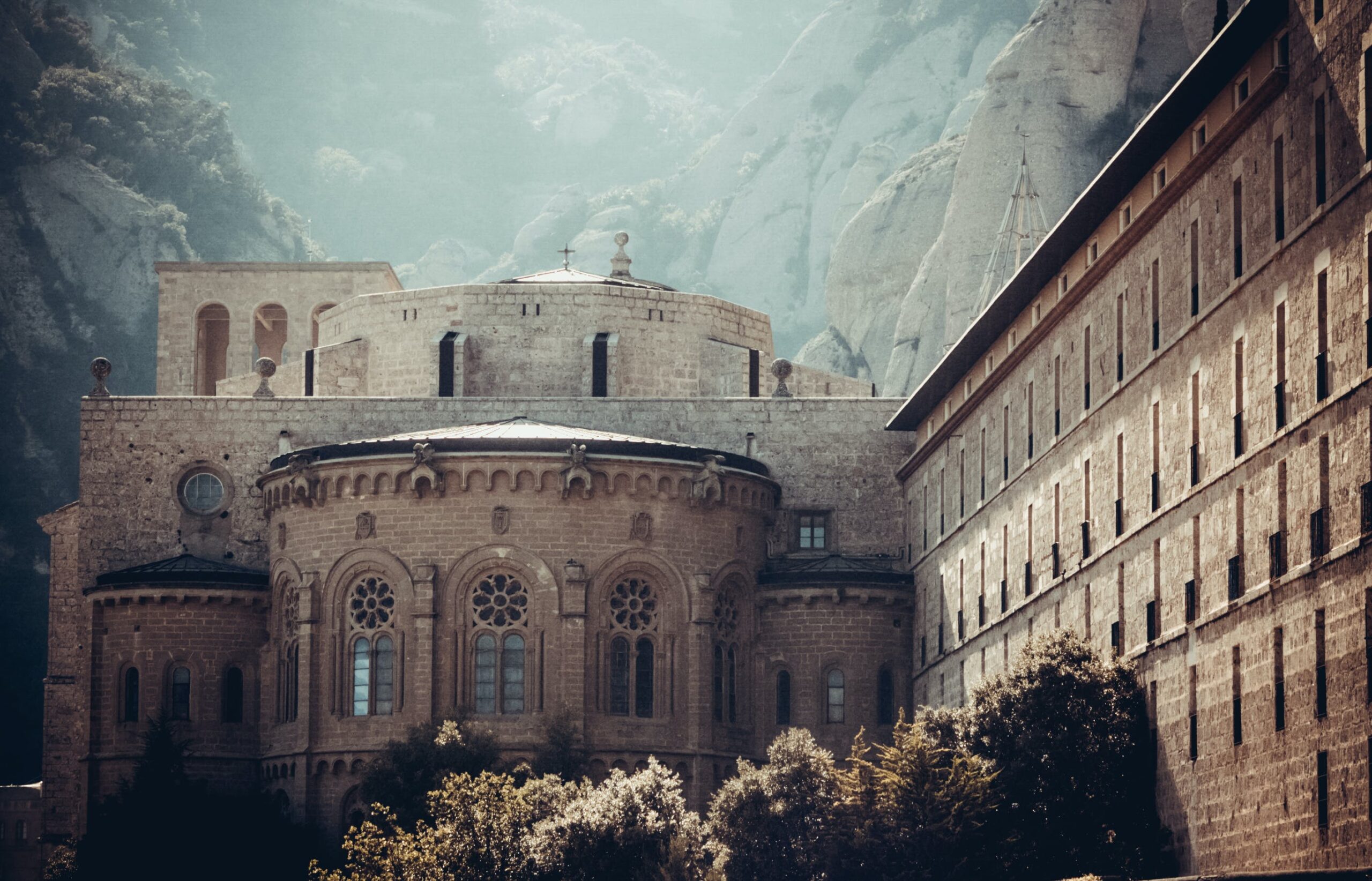I. Introduction
The Taxila Museum, nestled within the remnants of the historical city of Taxila in modern-day Pakistan, stands as a pivotal institution of cultural and historical importance. This museum transcends the role of simply housing relics; it acts as a gateway to the profound and varied legacy of a civilization that prospered here thousands of years ago. Celebrated for its pivotal role in several ancient empires and as a nexus of scholarly pursuit, Taxila’s story is a fascinating amalgamation of artistic, cultural, and educational elements. Established in the early 20th century, the museum effectively captures and displays this rich historical narrative, safeguarding the relics of an era long past.
II. The Roots of Taxila
Presently recognized as a UNESCO World Heritage Site, Taxila was historically significant during the eras of the Achaemenid, Greek, and Mauryan empires, among others. Located strategically along the ancient trade routes of India, it functioned as a nexus of varied cultures, ideologies, and religious traditions. As a center of learning, Taxila attracted scholars and students from far and wide, becoming synonymous with intellectual and spiritual growth. The city’s significance in Buddhism and Hinduism further adds to its historical importance.
III. The Establishment of the Museum
The modern rediscovery of Taxila owes much to Sir John Marshall, a British archaeologist and Director-General of the Archaeological Survey of India. His excavations from 1913 to 1934 unveiled the buried secrets of Taxila. This led to the establishment of the Taxila Museum in the 1920s, aimed at preserving these invaluable discoveries. The museum began as a modest collection of artifacts unearthed from the ruins, but quickly grew in stature and significance.
IV. The Collection of Taxila Museum
The Taxila Museum houses an impressive collection that spans various periods and empires. From terracotta figures to intricate gold and silver coins, and from stone sculptures to rare manuscripts, the museum’s collection is a treasure trove of historical artifacts. Each piece tells a story, offering insights into the daily lives, religious practices, and artistic achievements of the people who once inhabited this region. Notable exhibits include Buddhist stupa relics and a diverse range of Greco-Buddhist art.
V. The Museum’s Evolution
Over the years, the Taxila Museum has evolved significantly. It has expanded its physical space and upgraded its display and preservation techniques to meet modern standards. The museum has also embraced digital technologies for better visitor engagement and artifact preservation. Its role in promoting education and research has grown, with the museum hosting various academic activities and collaborations.
VI. Challenges and Preservation Efforts
Preserving ancient artifacts is a challenging task, and the Taxila Museum has faced its fair share of preservation hurdles. Fluctuations in climate, pollution, and the sheer age of the artifacts pose ongoing threats. However, modern conservation techniques and international collaborations have played a crucial role in safeguarding these historical treasures for future generations.
VII. The Museum Today
Currently, the Taxila Museum transcends its role as a mere guardian of historical artifacts. It stands as an active center of culture, significantly contributing to the promotion of cultural heritage and tourism.his draws a diverse international crowd, encompassing academics, learners, and travelers. Furthermore, the museum’s dedication to the safeguarding of cultural heritage and active participation with the public is emphasized through its educational offerings and community-focused activities.
VIII. Conclusion
The Taxila Museum is not just a repository of artifacts; it’s a living chronicle of human history. The Taxila Museum’s role in safeguarding the cultural and historical legacy of Taxila is invaluable. As the museum evolves and modernizes, it remains a vibrant testament to the persistent legacy of one of the earliest civilizations known to humanity.
